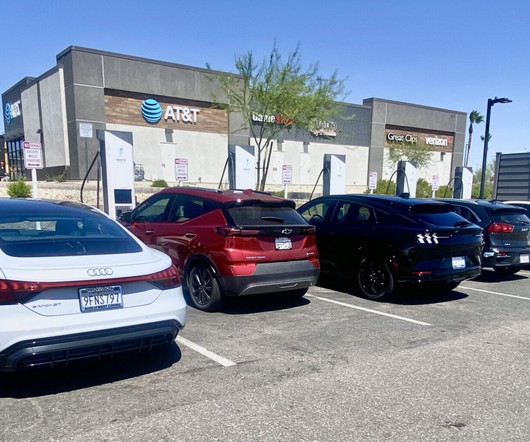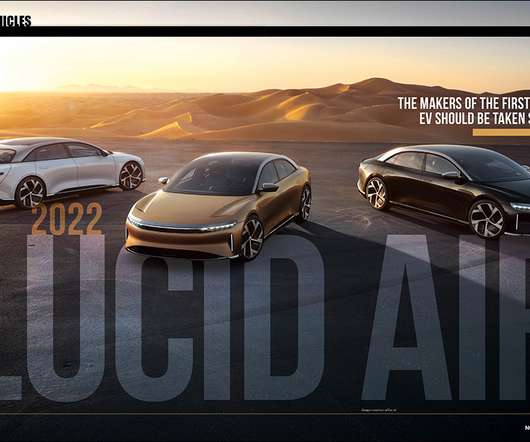CMU study finds small battery PHEVs and gasoline hybrids the least-cost policy solution to reducing gasoline consumption
Green Car Congress
OCTOBER 29, 2012
Comparison of current federal subsidy to base case assumptions showing lifetime fuel savings (HomeEve charging scenario). An EPA estimate based on the Chevy Volt’s reported efficiency is also included for comparison. In all cases, HEVs and PHEVs save gasoline over conventional vehicles. Earlier post.).






































Let's personalize your content